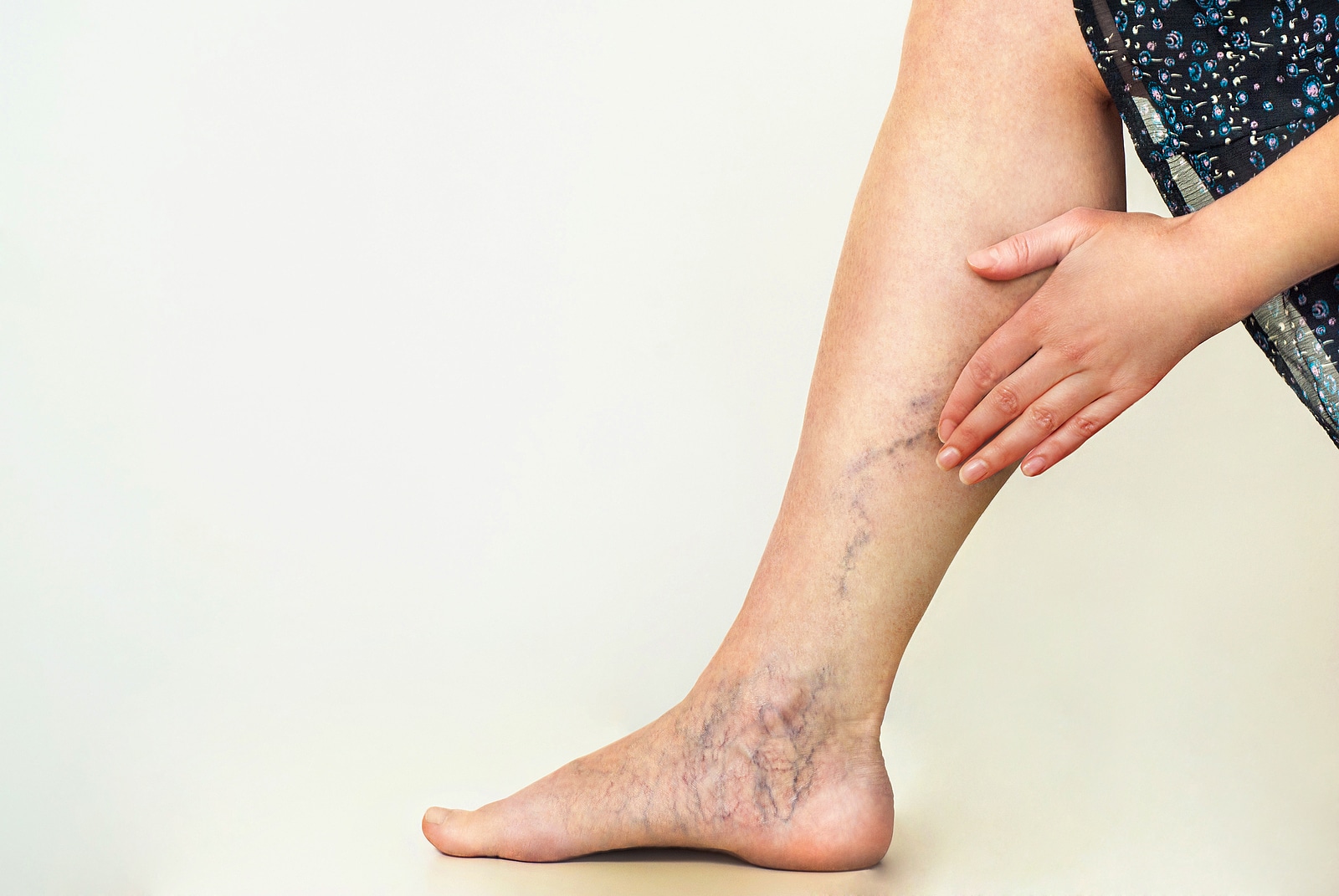Understanding the cost of varicose vein treatments in Riyadh is a crucial first step for anyone considering these procedures. While Riyadh offers a wide array of advanced non-surgical options, the prices can vary significantly depending on several key factors. It's important for patients to have a clear understanding of these variables to make informed decisions and budget effectively.
Generally, the cost of varicose vein treatment in Riyadh can range from as low as SAR 700 for simpler procedures like sclerotherapy up to SAR 10,000 or more for more complex cases involving laser or radiofrequency ablation. However, these are broad estimates, and a precise quote can only be provided after a thorough consultation with a vascular specialist.
Here's a breakdown of the factors that influence the overall cost:
1. Type of Treatment: The specific non-surgical method chosen is the most significant determinant of cost.
- Sclerotherapy: Typically the most affordable option, especially for spider veins and smaller varicose veins. The cost per session usually ranges from SAR 700 to SAR 1,000. Multiple sessions might be required, adding to the overall expense.

- Endovenous Laser Treatment (EVLT) and Radiofrequency Ablation (RFA): These thermal ablation techniques are generally more expensive than sclerotherapy as they involve more specialized equipment and a more complex procedure. Costs can range from SAR 5,800 to SAR 10,999 or more per leg. Some facilities might offer a bilateral (both legs) package which can be more cost-effective.
- VenaSeal: As a newer, innovative treatment, VenaSeal tends to be at the higher end of the spectrum for non-surgical options. While specific Riyadh prices aren't widely published, international estimates for VenaSeal can be comparable to or slightly higher than EVLT/RFA. The benefit of VenaSeal is often fewer post-procedure requirements, which can save on related costs like compression stockings.
2. Severity and Extent of Varicose Veins: The number of veins requiring treatment, their size, and their complexity play a major role.
- Single, uncomplicated vein vs. multiple, large, or recurring veins: A patient with a single, straightforward varicose vein will incur less cost than someone with extensive venous disease affecting multiple veins in one or both legs.
- Chronic Venous Insufficiency (CVI): If the varicose veins are a symptom of underlying CVI, the treatment might involve addressing the source vein (e.g., the great saphenous vein) with EVLT or RFA, followed by secondary treatments like sclerotherapy for visible branches. This comprehensive approach will naturally have a higher overall cost.
3. Number of Sessions Required: Some treatments, particularly sclerotherapy, often require multiple sessions to achieve optimal results. Each session adds to the total cost. Even with EVLT or RFA, a follow-up sclerotherapy session might be needed for any residual veins.
4. Medical Facility and Location: The choice of clinic or hospital in Riyadh can influence pricing.
- Specialized Vein Clinics vs. General Hospitals: Dedicated vein clinics may have different pricing structures compared to larger multi-specialty hospitals.
- Reputation and Technology: Facilities with highly experienced vascular specialists and state-of-the-art equipment might have higher fees. Location within Riyadh (e.g., central vs. suburban) can also play a minor role.
5. Pre- and Post-Operative Care: The overall cost often includes:
- Initial Consultation and Ultrasound Mapping: Essential for diagnosis and treatment planning.
- Anesthesia: Local anesthesia is typically used for EVLT/RFA, and its cost is usually bundled.
- Compression Stockings: Required after most procedures, these are an additional, albeit minor, expense.
- Follow-up Appointments: Post-procedure check-ups are crucial to monitor healing and ensure successful results.
6. Surgeon's Experience and Expertise: Highly skilled and experienced vascular surgeons may command higher fees for their services, reflecting their specialized knowledge and successful outcomes.
7. Insurance Coverage: This is a critical factor in determining out-of-pocket expenses.
- Medically Necessary vs. Cosmetic: Most health insurance plans in Saudi Arabia, including those in Riyadh, will cover varicose vein treatment if it is deemed medically necessary. This typically applies if the veins are causing significant symptoms like pain, swelling, aching, skin changes, or ulceration, or if there's evidence of venous reflux or chronic venous insufficiency confirmed by an ultrasound.
- Cosmetic Treatment: If the treatment is solely for aesthetic reasons (e.g., small spider veins without any symptoms), it is generally not covered by insurance, and the patient will be responsible for the full cost.
- Pre-authorization and Documentation: Patients should always contact their insurance provider before treatment to understand their specific policy, coverage limits, and any pre-authorization requirements. A detailed medical evaluation and ultrasound findings from the vascular specialist are usually needed to support insurance claims for medically necessary procedures.
In summary, while the initial price ranges provide a general idea, obtaining a personalized quote after a comprehensive consultation is the most accurate way to understand the cost of varicose vein treatment in Riyadh. Patients should also proactively inquire about insurance coverage to minimize their financial burden, particularly if their condition is causing significant medical symptoms.




Comments